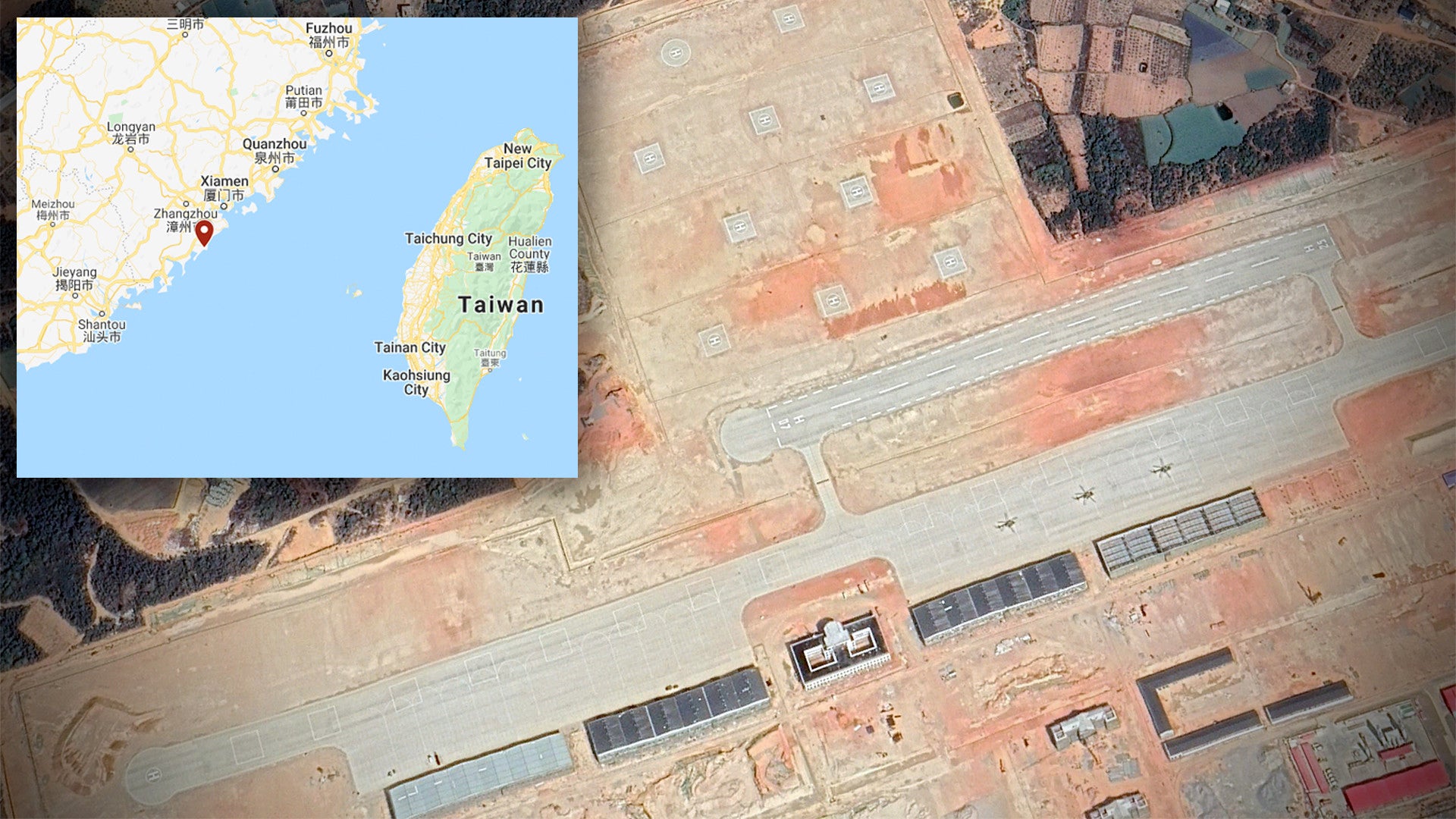Satellite imagery shows significant progress on the construction of what is, by every indication, a massive new military heliport in China very close to the Taiwan Strait. Continued work on the facility, which is around a half a mile from the water’s edge, only some 150 miles from Taiwan proper, and even closer to various islands that Taiwanese authorities control, comes amid a surge in charged rhetoric between officials in Beijing and their counterparts in both Taipei and Washington. This makes it strategically positioned to support any future operations to control the Strait or even invade Taiwan.
Twitter user @detresfa_, an independent open-source intelligence analyst who has worked as a consultant to The Intel Lab, an independent intelligence analysis group, first highlighted the recent developments at the facility in Fujian Province’s Zhangpu County last week. Work began at the site, the official name of which is unknown, sometime between May and June 2019, based on imagery The War Zone reviewed from Planet Labs.
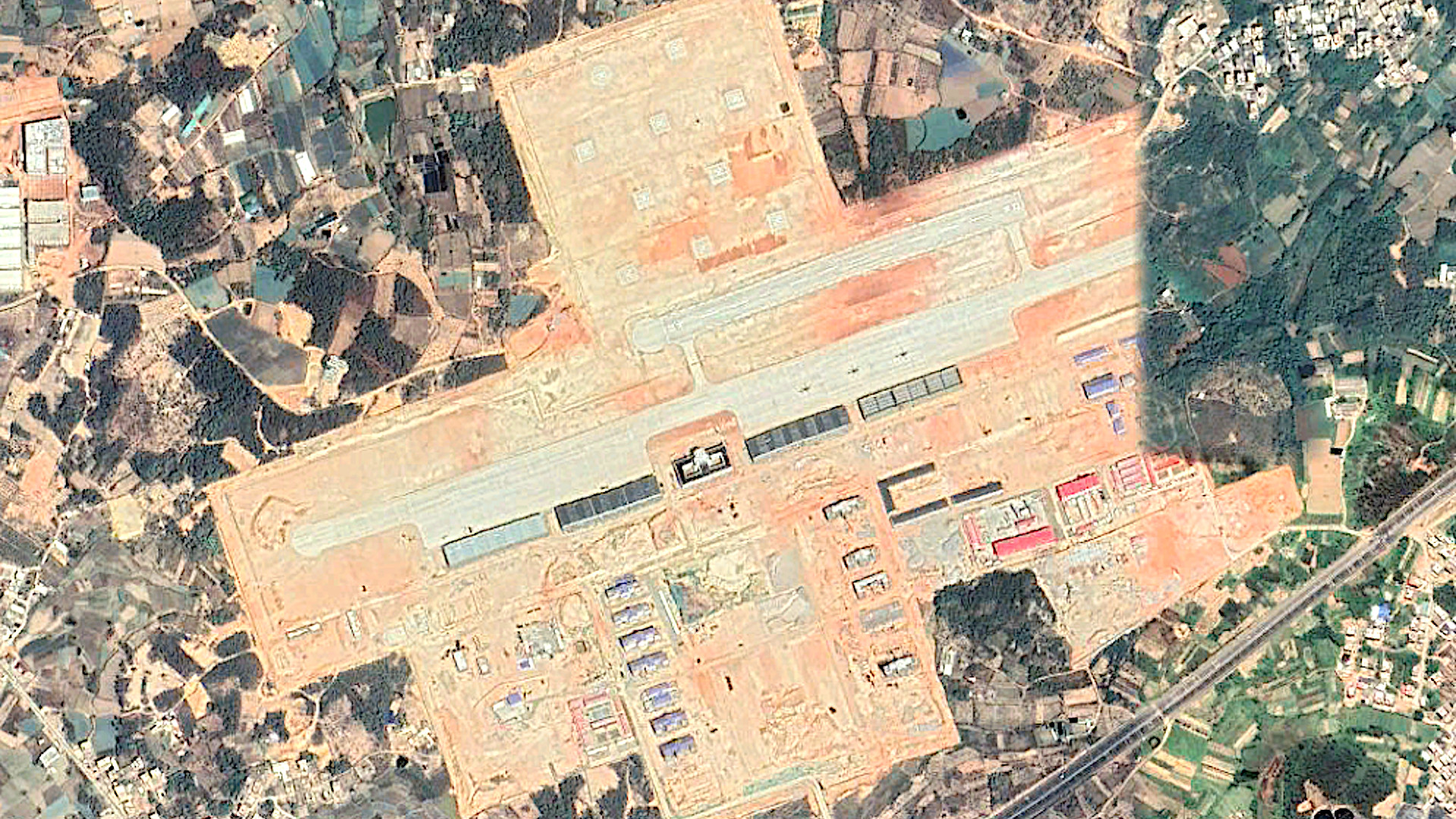
At present, the heliport has a single runway that is around 2,140 feet long, including a circular turnaround at its eastern end, as well as an adjacent flightline that is just under 6,000 feet in length, but relatively narrow. A satellite image, dated Feb. 18, 2021, which is available through Google Earth, seen above, shows 18 hangars, as well as nine more in various states of construction, along the ramp.
Also visible are 10 helipads in an area to the northeast of the runway, as well as 17 additional spots marked by large squares painted on the tarmac, along the flightline. The latter boxes could be designated areas for starting-up helicopters, according to @detresfa_. What appear to be three Mi-8/Mi-17 Hip-type helicopters, variants of which China’s People’s Liberation Army (PLA) are known to operate, including in support of special operations forces, are seen parked at the base.

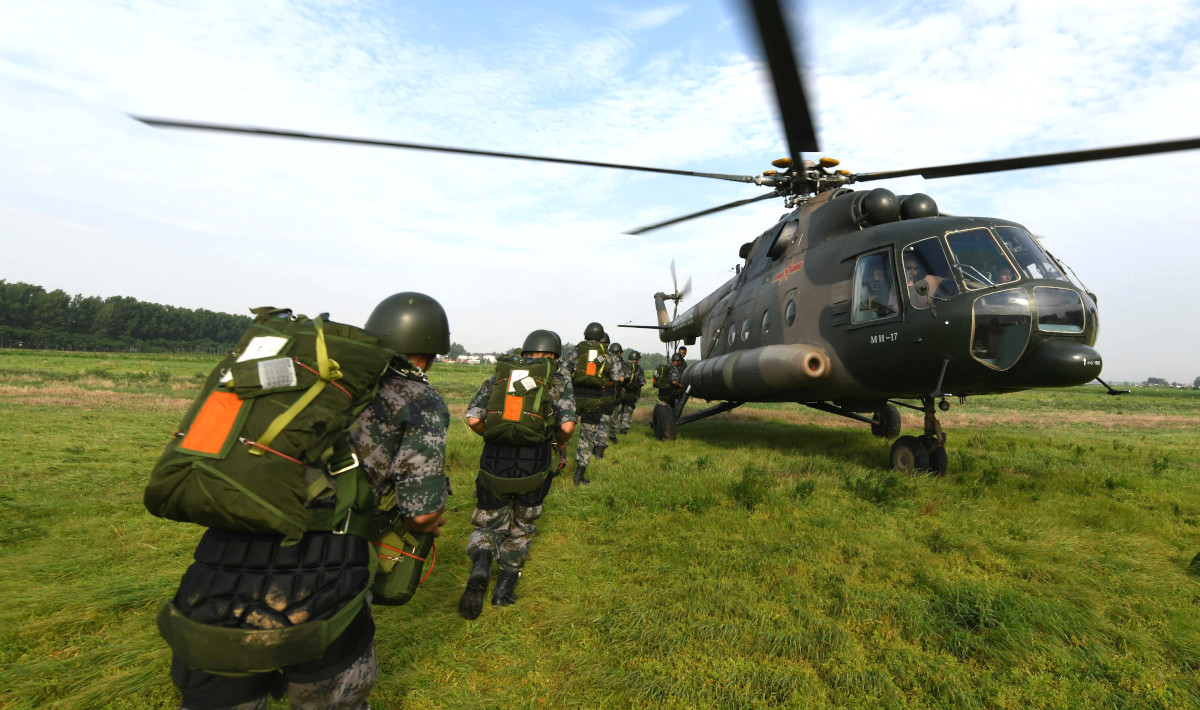
The exact operational state of the base is unclear. What appear to be various administrative buildings, barracks, and similar structures to the southwest of the main heliport are clearly still very much under construction. Particularly apparent in the Feb. 18 image is the lack of any substantial, improved roadways linking that part of the facility to the flightline.
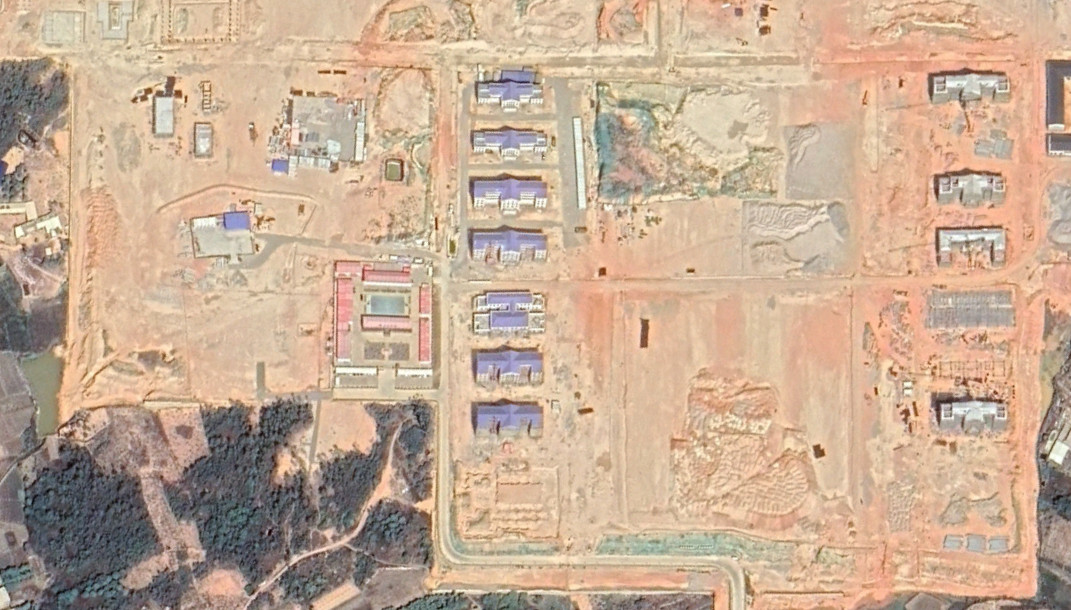
At the same time, the runway is fully marked and appears to be available for operational use, at least to some degree. Planet Labs’ archive includes multiple low-resolution images taken in the past four months alone that show varying numbers of small dark spots on the flightline, which could be helicopters. Images from December 2020 show what could be as many as 20 helicopters at the facility at once.
Even with limited operational flightline facilities, this new heliport in Zhangpu County could be a valuable training site, as well as an intermediate staging point for actual operations around the Taiwan Strait. The base’s overall strategic location is obvious when put into context of its distance from Taiwan proper, as well as various outlying islands that authorities in Taipei maintain control over.
The heliport is only around 150 miles from Taiwan itself. It is just under 50 miles southwest of Kinmen County, a pair of islands administered by the government in Taipei, which is extremely close to the Chinese mainland, to begin with. The base is also just over 110 miles from Penghu County, another set of islands in the Taiwan Strait that officials in Taipei oversee. It is around 240 miles northeast of the Dongsha Islands, situated in the northern end of the South China Sea, which are themselves of extreme strategic significance to the government in Taiwan.
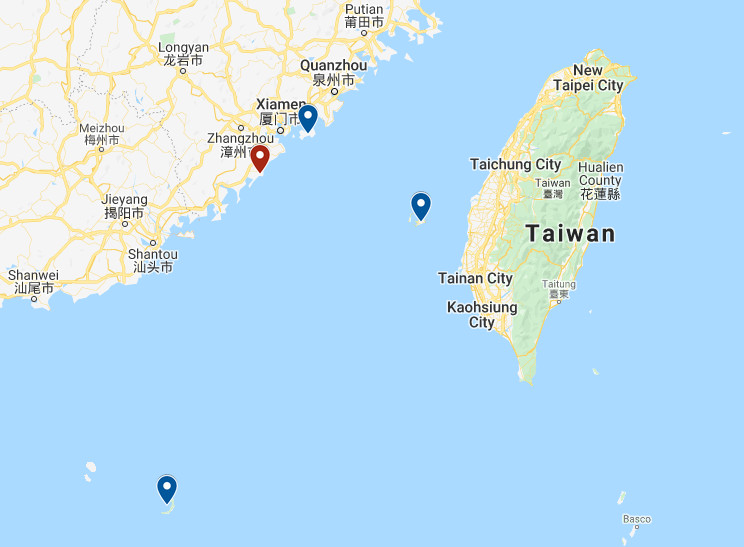
From the facility in Zhangpu County, the PLA could launch large airmobile operations involving dozens of helicopters directed at any one of these locations, including as part of a broader campaign to take control of Taiwan or any of the outlying areas that authorities there control, on relatively short notice. The facility could potentially support other types of helicopters, as well. For example, it could give anti-submarine types a particularly useful base of operations on land from which to conduct operations out of the Taiwan Strait, as well as the northern tip of the South China Sea. Taiwan is currently in the process of modernizing its submarine capabilities.
In addition, while the work on the runway appears to be largely finished, its existing size, as well as the associated flightline facilities, could also be sufficient for supporting operations involving various longer-range drones now in PLA service, too. The location of the base would be well-positioned for launching unmanned aircraft to conduct more persistent intelligence, surveillance, and reconnaissance (ISR) missions in and around the Taiwan Strait.
Taiwanese media reports have suggested that the base might grow to support large, manned fixed-wing combat aircraft. However, @detresfa_, the open-source intelligence analyst, told The War Zone that it is unlikely that the base is suitable, at least in its present configuration, for combat jets or other manned fixed-wing planes. The runway, in particular, lacks large turnarounds and other support features typically associated with the operation of those kinds of aircraft.
Regardless of what kinds of missions the base might be designed to support, and even though construction began two years ago, the steady work there, plus the indications of increasingly routine helicopter activity already, are significant developments. This all comes at a time when friction between Chinese authorities and their counterparts in Taiwan, as well as between Beijing and Washington, is at a notable high point.
“I worry that they’re accelerating their ambitions to supplant the United States and our leadership role in the rules-based international order, which they’ve long said that they want to do that by 2050. I’m worried about them moving that target closer,” U.S. Navy Admiral Phil Davidson, head of U.S. Indo-Pacific Command, the top American military command in the Pacific region, told members of Congress last week. “Taiwan is clearly one of their ambitions before then. And I think the threat is manifest during this decade, in fact in the next six years.”
It’s no secret that China is prepared to invade and seize control of Taiwan, which officials in Beijing view as a rogue province, by force if authorities on the island attempt to declare total independence from the mainland. Zhurihe Training Base, one of the PLA’s premier training centers, situated in Inner Mongolia, has expansive urban training facilities, some of which are clearly surrogates for actual government buildings, including the Presidential Office Building, in Taipei. You can read more about Zhurihe in this past War Zone feature.
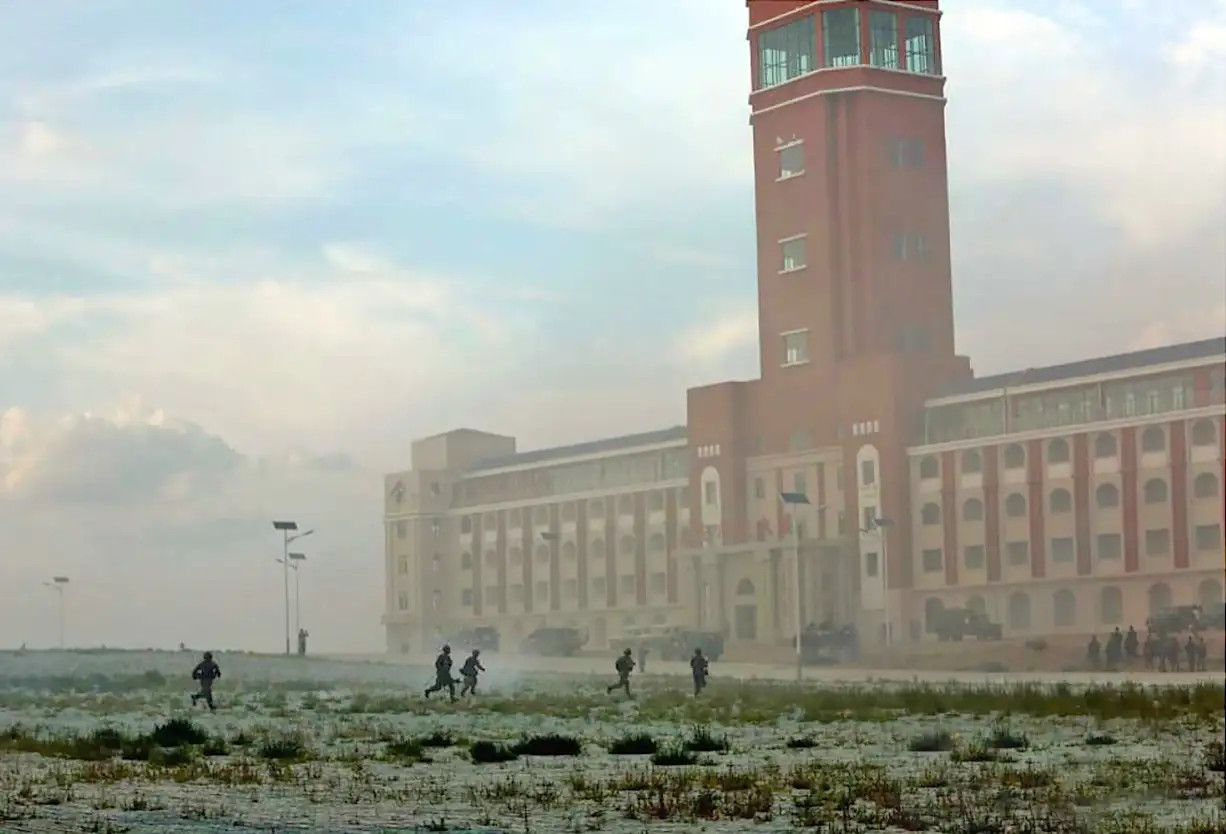
Tensions have already been ratcheting up following Taiwanese President Tsai Ing Wen’s election victory in January 2020. After securing this second term as the island’s top elected official, she declared plans to pursue changes in Taiwan’s constitution that could be seen as pushing toward formal independence.
Since then, China and Taiwan have carried out a multitude of tit-for-tat exercises in the air and at sea in and around the Taiwan Strait. The United States has also stepped up military activity in the region, prompting additional Chinese responses. The U.S. government does not officially recognize the government in Taiwan as independent, but reserves the right to engage with it diplomatically and support its military, including through the approval of major arms sales, until the final status of the island is formalized.
Li Keqiang, the Premier of the State Council of the People’s Republic of China, decried what he called “collusion” between Taipei and Washington while speaking at the start of an annual meeting of the country’s parliament earlier this month. “We will remain highly vigilant against and resolutely deter any separatist activity seeking Taiwan independence.”
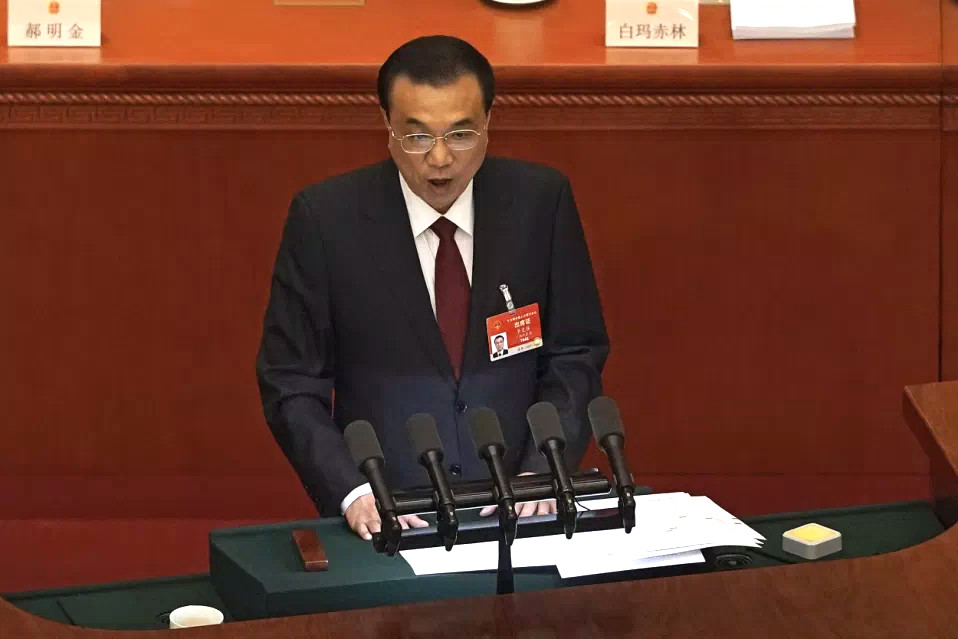
In line with statements like that and other signals emanating from Beijing, experts and observers have notably raised concerns recently about the possibility that the Chinese government might seek to test American resolve by seizing the outlying Dongsha Islands from Taiwan. Areas southwest of Taiwan proper, separating it from the Dongsha Islands, have seen a significant increase in PLA air activity, as well as maritime maneuvering, in recent months.
“The top uniformed soldier in China, chairman of China’s Central Military Commission, stated that war with the United States is inevitable,” U.S. Army Major General Richard Coffman, head of the service’s Next Generation Combat Vehicle Cross Functional Team, said at an event hosted by the Center for Strategic and International Studies last week. “If you are the head uniformed general in the Chinese military and you say ‘it’s inevitable,’ what does that mean? I think that means that you are willing to strike first because, if it’s inevitable, why would you wait for your adversary to strike first?”
It’s worth noting that Coffman was referring to People’s Liberation Army Air Force (PLAAF) General Xu Qiliang, the Vice Chairman of the Central Military Commission, warning about the need for the PLA to be prepared for a “Thucydides Trap,” a term used to describe inevitable conflicts between rising and established powers, during the aforementioned annual meeting of China’s parliament. Xu does not appear to have mentioned the United States specifically, though it is hard to see who else he could have been implying a conflict with as a result of a Thucydides Trap. It’s also not clear whether the PLAAF officer believes that such a situation, and the implicit inevitable conflict, exists right now between Beijing and Washington, or is simply a potential future risk the Chinese military needs to be on guard for.

Whatever the case, the United States and China are clearly in the midst of a period of immense geopolitical friction over a host of issues, including Taiwan, but also having to do with territorial disputes, especially in the South China Sea, as well as disagreements over international trade issues and simmering tensions over the matter of the ongoing COVID-19 pandemic and its origins. Taiwanese officials, as noted, are increasingly butting heads with their counterparts in Beijing, as well.
The expanding size and scope of PLA capabilities, as well as associated infrastructure, such as the highly strategic heliport now in the latter stages of construction in Zhangpu County, and the response to those developments, only seem to be pushing the parties toward further escalation, at least in terms of rhetoric and military signaling, in the near-term.
Contact the author: joe@thedrive.com
